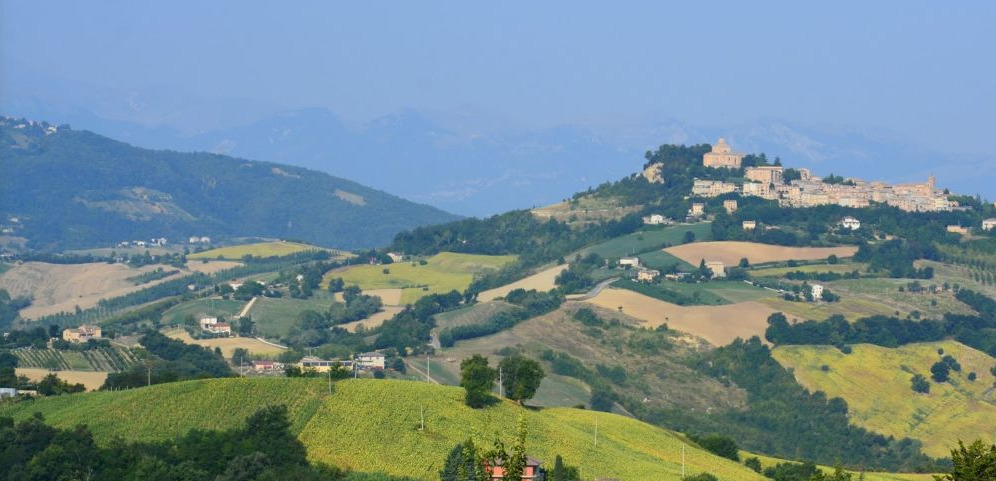
Italy is now into the fourth week of a second lockdown. This time, most of the country is covered by the same set of rules. Restaurants and bars are completely closed, save for take-away and delivery during certain limited hours. We cannot leave our towns unless we have specific medical reasons and then only with a form ready to show police. No congregating of large numbers of people is allowed.
In the last lockdown, some leeway was shown for violators. Not so this time. Police have random check points and they are ticketing people for non-compliance. In one recent case a driver near Milan was stopped and fined 6000 euros (roughly $5000) for violations that included not having a form and not wearing a mask (he also was flaunting a few other non-COVID rules).
The reason for this tough stance is clear. Once Italians returned from late summer vacations and the country saw European tourists wandering in and ignoring the recommended precautions, the rate of infection began to soar. By October, Italy was climbing right back up the charts and into the club of countries with huge spikes and mounting deaths. Indeed, the rates of both infection and death were five-fold what they were in the Spring lockdown. It didn’t take long for all the good efforts of many people over three months to be undone. It was a vivid demonstration of how quickly things can get out of hand when people stop doing the simplest acts of wearing masks and maintaining distance.
Fortunately, the converse is also true. Once new rules were announced in early November and were strictly enforced, the rates have begun to come back down. Daily new infections are conforming to the classic Bell Curve and descending from the peak just weeks ago. Deaths, though reflecting the usual lag time, are also dropping. The bad news is that both are still multiple times what they had been only eight months ago. Displayed on the same scale, the first wave now barely registers as a hillock; while the new one is a mountain with steeply sloping sides.
Nonetheless, we are not homebound. We get all our daily needs met by the shops within our village. There is none of the toilet paper shelf-clearing that appears to be happening in the U.S. again. Deliveries happen every day; we have noticed no big change in the availability of goods and services. That is not entirely true. Because government agencies have been marshalled to deal with the pandemic in various ways, the usual times for processing permits and paperwork has slowed to a snail’s pace. We were just notified that a residency permit we applied for last June will not be ready until next April.
But life does go on. We had a pleasant traditional American Thanksgiving dinner with all the classic dishes. While the usual guest list had to be pared down to two, we are thankful that we are healthy and relatively safe and can still enjoy socializing with others, however limited. Everyone in town is wearing masks, all the time. We continue to receive mail and packages as usual. Public services have not been disrupted. In fact, the entire village is now being wired for fiber optic communications. Road repairs and resurfacing are continuing apace while the temperature is still mild.
We miss being able to go to the mountains or the shore, each of which is only 40 minutes away. But we can see both, so the visceral connection is still there. The internet, WhatsApp, and zoom calls allow us to stay in touch with friends and family all over the world. It’s a strange condition, psychologically – simultaneously locally isolated while connected globally.
Looking to the future, we are setting in motion plans to take advantage of an energy-reducing home retrofit grant from the Federal government. This quiet period gives us plenty of time for completing the engineering work and acquiring approvals. My wife is designing and making clothes. And I am working on a bi-lingual book of short stories about life in our village, with both an American publisher and an Italian one.
As the Brits say, “Not so terrible.”
